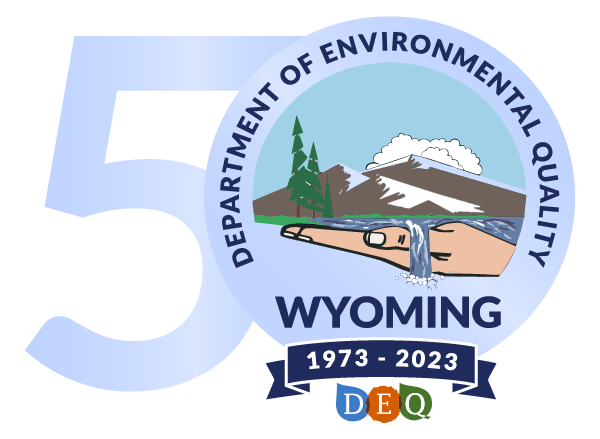CHEYENNE, Wyo – The Wyoming Department of Environmental Quality (DEQ), the Wyoming Department of Health (WDH), and the Wyoming Livestock Board (WLB) are advising the public to avoid and keep animals away from blue-green algae blooms in Wyoming’s lakes and reservoirs and to report suspected blooms to DEQ.
Blue-green algae, also known as cyanobacteria, can form harmful algal blooms (HABs) that produce toxins and other irritants which pose a risk to human, pet, and livestock health. HABs typically occur during late summer to early fall in still or slow-moving water and may last days or weeks. HABs are generally blue or green in color and may appear as grass clippings, scums, floating mats, or spilled paint. Suspected HABs can be reported to DEQ by calling 307-777-7501 or submitting a complaint online at WyoSpills.org.
Once reported, DEQ will investigate potential blooms to determine if they are harmful. Advisories will be issued for publicly accessible waters with harmful levels of cyanobacteria and/or toxins. If a harmful bloom is present, the WDH and WLB recommend the following:
- Avoid contact with water in the vicinity of the algae bloom, especially in areas where blue-green algae are dense and form scums.
- Do not drink or consume the water. Boiling, filtration and/or chlorination will not remove toxins and will not make the water safe for drinking.
- Caution should be taken when eating fish as health effects remain unknown. Rinse fish with clean water and eat only the fillet portion.
- Do not breathe water spray in areas of the bloom.
- Keep pets and livestock away from the water. Do not allow animals to drink the water, eat dried algae, or groom themselves after contact with the water.
- If people, pets, and livestock come into contact with a bloom, rinse off with clean water as soon as possible.
Seek medical attention or a veterinarian if a person or animal is experiencing adverse health effects after exposure to an algal bloom. Young children, pregnant women, people with weak immune systems and animals are especially at risk. Questions regarding symptoms related to an algal bloom can also be referred to the https://www.cdc.gov/habs/.
For more information, visit the DEQ’s HABs webpage at WyoHABs.org.
A DEQ informational video is available by clicking here.
###
